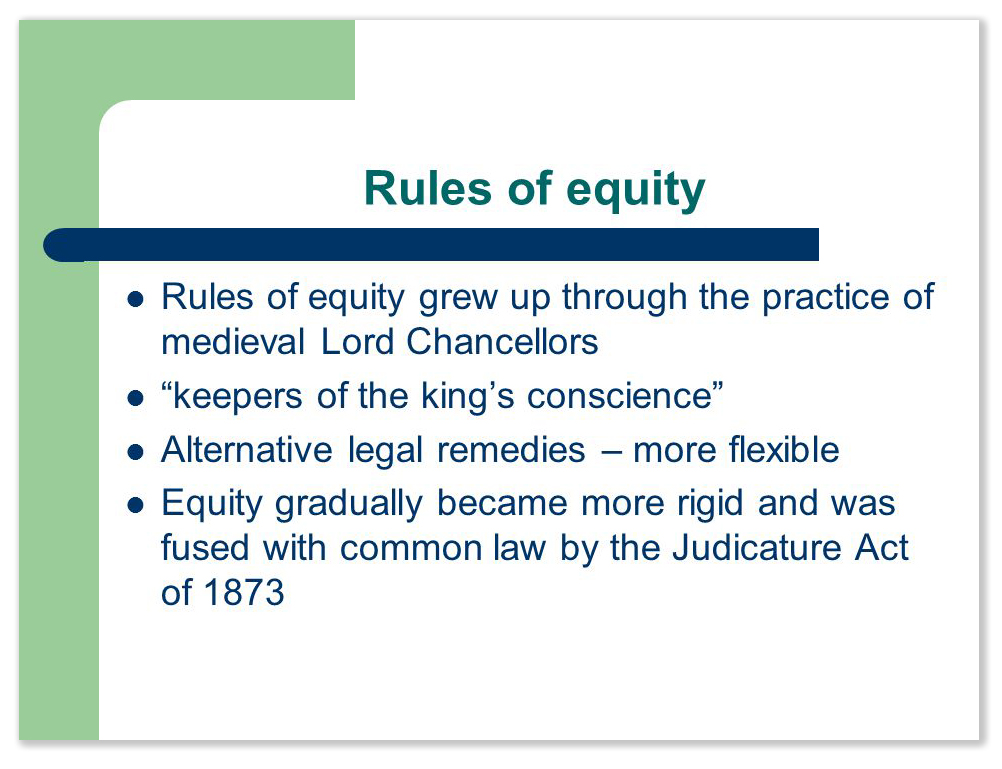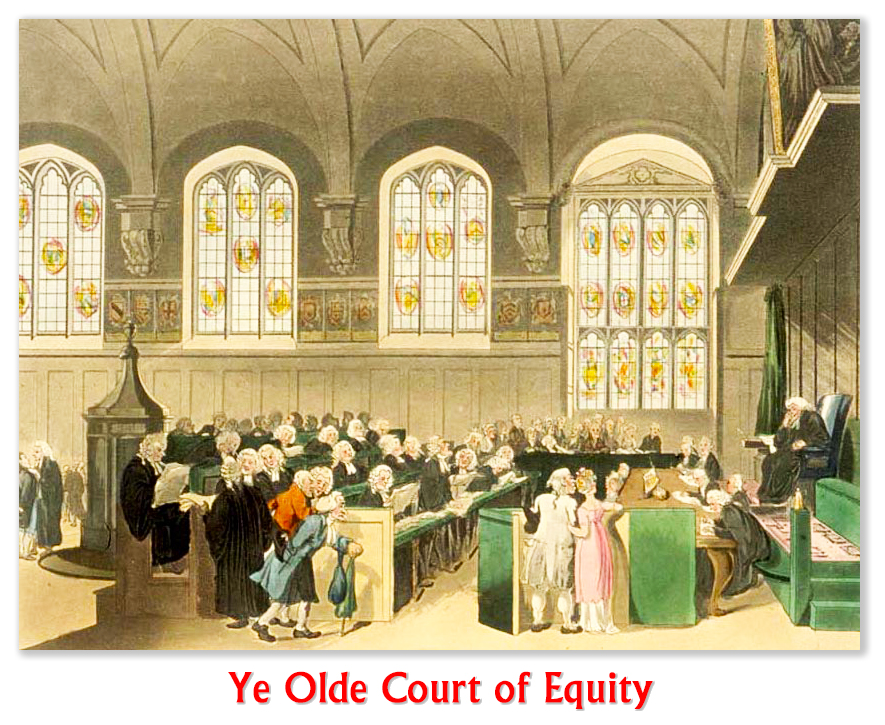We post news and comment on federal criminal justice issues, focused primarily on trial and post-conviction matters, legislative initiatives, and sentencing issues.
8TH CIRCUIT RULES CORAM NOBIS IS A 2255 BY A DIFFERENT NAME
The history of what the law calls “extraordinary writs” is a rich one. Time was, courts of law could only award money damages. Now money’s nice stuff, but sometimes you need more.
 Your neighbor’s tree is about to fall on your house and he won’t do anything about it? Knowing that after your house is crushed one dark and stormy night (with you in it) that your heirs can collect some money does not provide a lot of what insurance companies like to call “peace of mind.” What you need is a court order that your neighbor has to cut it down. Back in the bad old days of segregation, a black family would have had no remedy in a court of law: money damages won’t do when you yearn for liberty and equality.
Your neighbor’s tree is about to fall on your house and he won’t do anything about it? Knowing that after your house is crushed one dark and stormy night (with you in it) that your heirs can collect some money does not provide a lot of what insurance companies like to call “peace of mind.” What you need is a court order that your neighbor has to cut it down. Back in the bad old days of segregation, a black family would have had no remedy in a court of law: money damages won’t do when you yearn for liberty and equality.
Because of the mismatch between need and remedy, the English – back in the days of yore – developed courts of equity. Equity courts were the equal of law courts, but for their remedies. These courts originally issued prerogative writs, court orders, with such great names as certiorari, mandamus, quo warranto, audita querela, and, of course, the Great Writ itself, habeas corpus. These remedies, as well as the one most have heard of, injunctive writs (or just injunctions) survive today.
Everyone knows about the federal prisoners’ motion under 28 USC 2255, a statutory right granted to prisoners to stand in the place and stead of the constitutionally-protected writ of habeas corpus. But you cannot hang around a prison law library too long without hearing that a thundering herd of extraordinary writ motions are there, just waiting to be filed besides the old reliable 2255. In fact, there is a law called the All Writs Act, that confers on federal courts the right to gin up just about any remedy the court can imagine, sort of a remedy version of making the punishment fit the crime. Court-order busing, taking control of labor unions, and court-ordered state prison emptying are examples of the All Writs Act in action.
 For federal prisoners, however, Congress intended through 28 USC 2255, as well as the Antiterrorism and Effective Death Penalty Act (a bill that could have been named by Darth Vader himself) to limit prisoner access to traditional extraordinary writs as much as possible. Last week, the 8th Circuit reminded us of how effective the AEDPA has been.
For federal prisoners, however, Congress intended through 28 USC 2255, as well as the Antiterrorism and Effective Death Penalty Act (a bill that could have been named by Darth Vader himself) to limit prisoner access to traditional extraordinary writs as much as possible. Last week, the 8th Circuit reminded us of how effective the AEDPA has been.
The Circuit slapped further restrictions on the writ of error coram nobis, an old common law writ which may be filed only after the petitioner is out from under his sentence and supervised release to claim he was actually innocent. Keith Baranski got 60 months on a firearms charge. While locked up, he filed a 2255 and lost. After he was released and finally got off paper, he filed a coram nobis petition. It was denied, and Keith appealed.
 The 8th ruled that while 28 USC 2244 only required that a petitioner get Court of Appeals approval for a second-or-successive 2255 motion, the limits set out in 2255(h) applied to any petitions filed after a 2255, even a coram nobis. In other words, if a petitioner previously filed a 2255 motion, a coram nobis petition will be tossed unless it relies on newly discovered evidence that would establish by clear and convincing evidence that no reasonable jury would have convicted; or on a new rule of constitutional law made retroactive…
The 8th ruled that while 28 USC 2244 only required that a petitioner get Court of Appeals approval for a second-or-successive 2255 motion, the limits set out in 2255(h) applied to any petitions filed after a 2255, even a coram nobis. In other words, if a petitioner previously filed a 2255 motion, a coram nobis petition will be tossed unless it relies on newly discovered evidence that would establish by clear and convincing evidence that no reasonable jury would have convicted; or on a new rule of constitutional law made retroactive…
The Circuit said, “It is widely accepted that custody is the only substantive difference between coram nobis and habeas petitions… Given that coram nobis is an extraordinary remedy available at the far end of a post-conviction continuum only for the “most fundamental” errors, it would make no sense to rule that a petitioner no longer in custody may obtain coram nobis relief with a less rigorous substantive showing than that required by limitations for successive habeas corpus and § 2255 relief.”
United States v. Baranski, Case No. 16-1399 (8th Cir. Jan. 23, 2018)
– Thomas L. Root

